Pro photographers have a few favourites when it comes to the best portrait lens. It makes no difference whether you're using a Nikon, Canon, or another brand of camera. There are a few top zoom lenses and prime lenses for portrait photography. Let's look at your options so you can invest in what's best for you.
Long Focal Length: When it comes to choosing lenses for portraits, a long focal length is essential. With a longer focal length, you can take a step back and create a tighter composition. This point is elaborated on further below in the section titled – The Importance of the 85mm f/1.8 Lens.
Fast Maximum Aperture: A fast maximum aperture is one with an aperture of f/4.0 or greater. The shallower the depth of field and the ability of the lens to blur the background, the faster the lens. However, a shallow depth of field can be achieved using other techniques and a lens with a smaller aperture.
Great Bokeh: The term "Bokeh" is derived from the Japanese language. It refers to the quality of an image's out-of-focus effect in photography. To get the best Bokeh, use a lens with a fast aperture and sharp focus even when the lens is wide open.
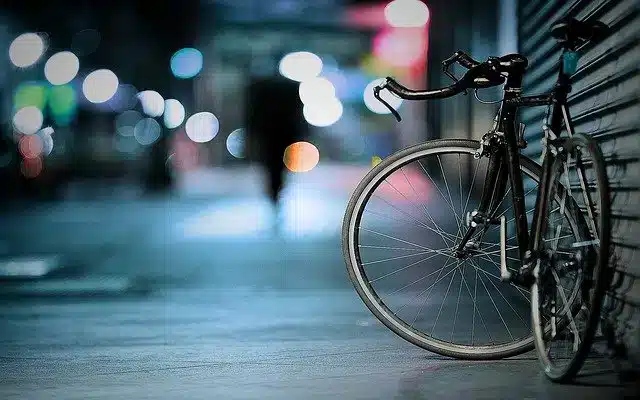
You may have noticed that the backgrounds of many of the portrait photos are blurry. That is the result of a combination of factors:
- Focal length
- The distance between the subject and the background
- The measurement of the distance between the subject and the camera.
- The working aperture that you select
- The number of aperture blades and the final aperture diaphragm shape (directly controls the quality of the out-of-focus effect)
Although, it’s not always necessary to have a fast aperture lens for achieving great bokeh. Yes, wide-aperture lenses make it easier to blur the background, but background blur can also be achieved by carefully adjusting the other parameters (stated above). Increasing the distance between the subject and the background, for example, can produce a nice background blur even with a narrow aperture of f/5.6 or less. Even better, if you use a zoom lens, you can achieve a blurry background.
Portrait Camera Lenses
Now that you understand how to portrait lenses work, let's look at some of the best photographer portrait lens options.
85mm Prime Lens
If you're looking for one of the best portrait lenses, you've probably heard of the 85mm prime. The majority of portrait photographers would agree that this is one of the best portrait lenses, particularly the f/1.8 lens. Most camera brands, including Nikon, Sony, and other mirrorless cameras, have this option.
When an 85mm prime lens is mounted on a full-frame camera body, it provides the best perspective of a subject, including a flattering look to their face.
Lenses shorter than 85mm do not provide the same perspective. The image appears more distorted as the focal length decreases. The reason for this is that a lens with a shorter focal length covers a wider field of view. In other words, the combination of your camera and lens captures a wider slice of the scene in front of it. A tighter composition is ideal for portraits. Something that doesn't leave much space around your subject so that your portrait stands out.
50mm Prime f/1.8
If you're shooting environmental portraits, you'll need a lens with a shorter focal length, such as a 50mm f/1.8 (standard prime) or even a 35mm f/1.4. This allows you to capture a larger portion of the scene. This lens is also great for street photography because it produces a nice bokeh effect. This lens is available for Nikon, Sony, and other popular brands.
70-200mm f/2.8 Zoom Lens
Many zoom lenses overlap the sweet focal lengths associated with portrait photography, such as 85mm, 105mm, and 135mm. To name a few, these lenses are 70-200mm, 24-105mm, and 70-300mm. The 70-200mm lens is the most popular of these.
This zoom lens is produced by the vast majority of manufacturers. It is available in f/2.8 and f/4 versions, with and without image stabilisation. Because of its versatility, many photographers prefer to use this lens.
135mm Prime Lens
Don't worry if you don't have an 85mm prime lens. Instead, try out the 135mm prime lens. It's a lovely portrait lens for those who prefer to shoot from a distance.
Aside from the focal length difference, the difference between an 85mm and a 135mm is that they are suited to two different styles of portrait photography. A portrait photographer who wants to have a personal connection with the subject will use an 85mm prime lens.
As you know, the closer you have to be to fill the frame, the shorter the focal length. A tighter composition is preferred by many photographers when it comes to portrait photography. To achieve a tighter composition, take a few steps forward with an 85mm lens or step away from the subject with a 135mm lens. Some photographers favour the first method, while others favour the second.
Canon Lenses for Portraits
Canon is the world's largest camera and lens manufacturer. They make some of the best portrait lenses available. They have a number of lens lineups that cater to the various lens mounts that they have. The EF-S mount (a subset of the older EF mount), the EF mount, the EF-M mount, the E-mount, and the most recent RF mount are all available.
Canon EF 85mm f/1.4L IS USM
If you want an image-stabilized 85mm f/1.4 lens for your full-frame Canon DSLR, this is the only one available right now. However, there is a slew of third-party lenses available, including those from Sigma, Rokinon, Zeiss, and Yongnuo, among others. None of them have image stabilisation.
This is a high-quality lens. It includes a special glass-moulded aspherical element that eliminates spherical aberrations. This improves the overall sharpness and clarity of the lens's images.
The dust and weather-resistant construction ensure that the lens will not be damaged by a light drizzle or exposure to a dusty environment.
There is a slew of other features as well. Together, they contribute to this being the best portrait lens for the Canon EF mount.
If you're a portrait photographer looking for the best portrait lens to pair with your Canon DSLR, this is it. Your search has come to an end. You are not required to read the rest of this discussion.
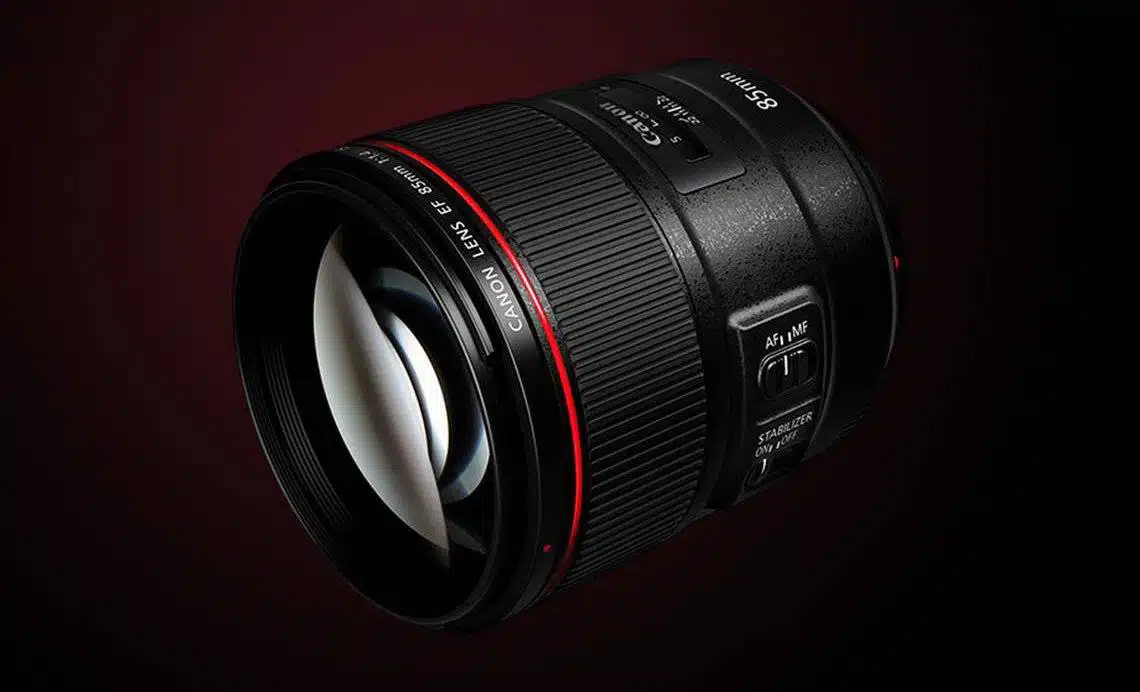
Canon EF 85mm f/1.8 USM
Not everyone has the money to splurge. Certainly not in these trying times. As a result, a less expensive version of the most popular focal length with the added benefit of a fast wide-aperture would appear to be the best of both worlds. But let me tell you something: while the EF 85mm f/1.8 USM is a good lens, it does not perform as well as the 85mm f/1.4L IS USM that I mentioned above. Its performance will place it in the middle of the list of Canon EF-compatible 85mm lenses.
Having said that, it's still a good portrait lens. When you consider that this lens is available for a few hundred dollars and provides you with a fast f/1.8 aperture to shoot with, as well as the right focal length, it suddenly becomes a value for money proposition for someone just getting started in portrait photography, especially if you are on a budget. Given that the next best lens, the Sigma 85mm f/1.4 DG HSM Art, costs more than twice as much as the EF 85mm f/1.8 USM, the latter is a more sensible choice.
Canon RF 85mm f/1.2L USM
Canon's RF 85mm f/1.2L USM lens is a new design for the company's new RF mount camera systems. So, if you own an EOS R5 or an EOS R6, this is the lens for you. The incredible f/1.2 aperture is this lens's main selling point. That's three stops faster than a kit lens at f/3.5 and a full stop faster than an f/1.8 lens.
When compared to other lenses in any given lighting condition, it can capture a lot of light.
However, there is a significant disadvantage to using this lens. When shooting wide open, the depth of field is extremely shallow. It's difficult to manage such a narrow field of view. Even the smallest movement of the hands, or any movement of the subject, can have an effect the sharpness.
Canon EF 70-200mm f/2.8L IS III USM Lens
Telephoto lenses like the Canon EF 70-200mm f/2.8L IS III USM are versatile because they can be used in a variety of portrait situations. The zoom range includes the optimal focal lengths for portrait photography: 85mm, 105mm, and 135mm.
Yes, its maximum aperture is f/2.8, but as we've seen, there are several ways to achieve a lovely background blur. Just one of them is aperture. As a result, this isn't a deal-breaker for me.
Speaking of bargains, this lens has a hefty price tag. At nearly $2000, this isn't the cheapest piece of optical equipment you'll ever buy. However, this is an investment that will pay off for as long as you shoot portrait photos. Lens technologies do not evolve at the same rate as camera technologies. Given that this lens was released in 2018, it could be at least a decade before this optical marvel becomes obsolete.
This lens has it all: a high build quality (weather-resistant construction), ultra-low dispersion elements, a fluorite element, and an air sphere coating for superior image quality.
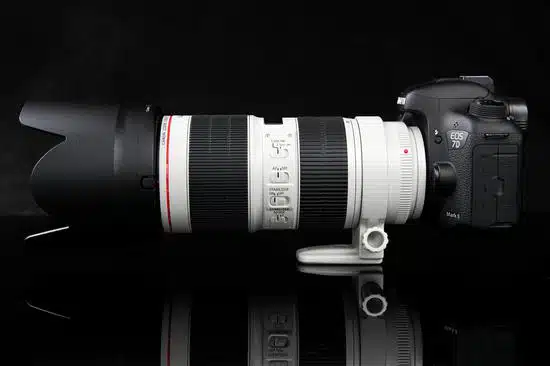
Best Nikon Lenses for Portraits
Nikon AF-S NIKKOR 85mm f/1.4G
If you own a Nikon, the 85mm f/1.4 G is one of the best lenses for portraiture. Many of you who own the older 85mm f/1.4D will most likely disagree with me. The older 85mm f/1.4D lens is a work of art and one of the true Bokeh masters of all time.
However, it is 2022, and finding a mint condition copy of the 85mm f/1.4D lens is difficult. If you already have one, there is no need to continue reading.
However, if you don't and are looking for a prime lens to shoot portraits, the 85mm f/1.4 G is an excellent choice. Portrait photographers appreciate a fast wide f/1.4 lens, and this one checks all the boxes.
Nikon's Silent Wave Motor autofocusing technology is also included, as is full-time manual focusing override. This is useful when you want to grab the focusing ring and correct the focus without first switching to manual (M) mode on the focus selector button.
.webp)
Best Sony Lenses for Portraits
Sony FE 70-200mm f/2.8 GM OSS
We chose the Sony FE 70-200mm lens over some of the other options available because we value versatility. Rather than a series of lenses, we would prefer to have a single lens that can do multiple tasks. We've already discussed how much I adore the 70-200mm focal length.
This is a G Master lens, and the build quality is commensurate with the price tag. This lens's construction includes one XA element, two aspherical elements, four extra-low dispersion (ED) elements, and two Super ED elements. These address a variety of aberrations and low contrast issues. In terms of low contrast, the lens also has Nano AR Coating. This eliminates ghosting and flares while also improving contrast and colours.
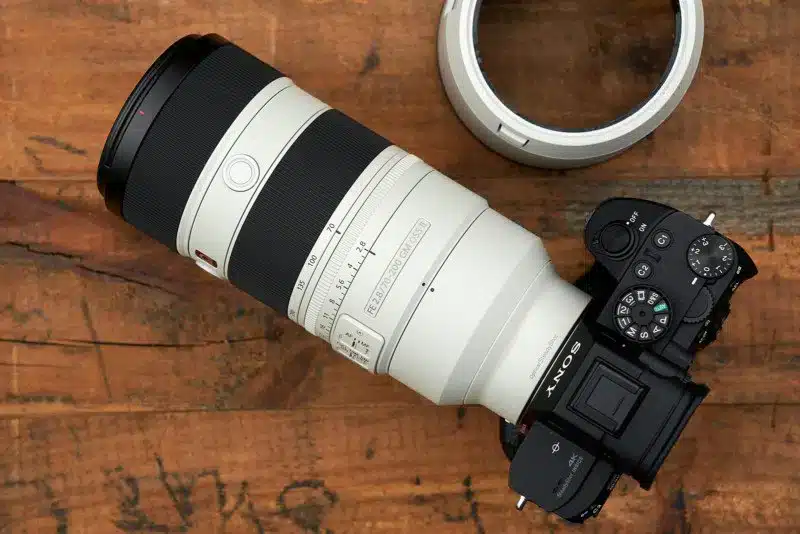
Sony FE 85mm f/1.4 GM
There are currently two Sony 85mm lenses available for purchase on the market. The Sony FE 85mm f/1.4 GM is one, and the Sony 85mm f/1.8 FE is another. We went with the GM lens because it is by far the better of the two options here.
When looking at the specifications of this lens, the first thing that will catch your eye is the fast wide aperture of f/1.4. Portrait photographers adore fast 85mm prime lenses because they make it easier to achieve soft out-of-focus effects.
This lens is made up of three extra-low dispersion elements that help to reduce the effects of chromatic aberrations. The lens also includes one XA (extreme aspherical) element, which aids in the correction of spherical aberrations. As a result, the lens produces images with exceptional sharpness and clarity.
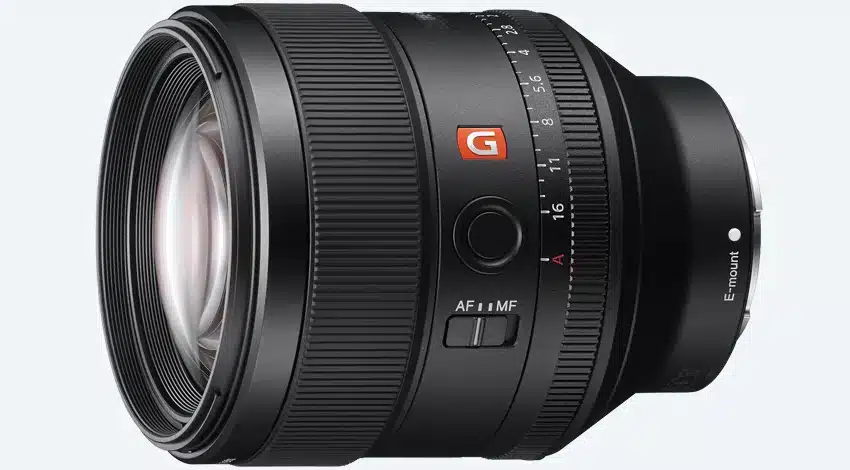
CONCLUSION
The most popular focal length for shooting portraits is 85mm and above, but not more than 135mm. This is the most desirable focal length range for portraiture. However, you can capture compelling portraits with a shorter focal length lens as well. However, for the best results, anything between 85mm and 135mm is preferred.
It makes no difference whether you are a Nikon, Canon, or other type of shooter. From the list above, there is a lens designed specifically for your camera. When it comes to being a portrait photographer, the lenses are ultimately more important than the camera body. Examine your camera lens to see if it meets the requirements listed above. Make an investment in one of the best portrait lenses to achieve superior image quality and impress your next photography client.





.webp)















